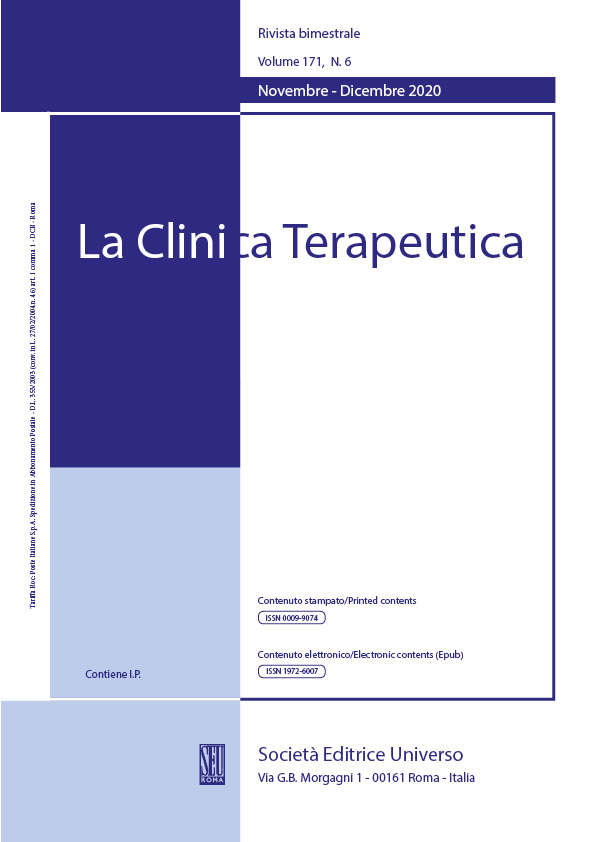Abstract
Background: We assessed the morphologies of meiotic spindles in oocytes that failed to fertilize following intracytoplasmic sperm injection (ICSI) and identified factors contributing to failed fertilization.
Methods: A total of 225 unfertilized oocytes were collected after ICSI. Oocytes were fixed and stained for tubulin and chromosomes. Meiotic spindle morphologies, chromosome alignment, and sperm nuclear decondensation were assessed to identify contributing factors to fertilization failure. We identified relationships between several factors and both abnormal spindle morphologies and sperm nuclear decondensation in oocytes that failed to fertilize.
Results: Three causes for unfertilized oocytes after ICSI were identified: (I) the absence of a sperm nucleus in the ooplasm; (II) failed oocyte activation; and (III) defects in pronucleus formation or migration. The rate of disarranged polar spindles in oocytes collected from women older than 35 years (73.3%; 33/45 oocytes) was significantly higher than those collected from women 35 years and younger (50.4%; 68/135 oocytes; odds ratio [OR]: 0.37, 95% confidence interval [CI]: 0.17–0.78, p = 0.009). The proportion of unfertilized oocytes with abnormal spindles and chromosomes misalignment was significantly larger in oocytes collected from women older than 35 years than those from women 35 years and younger (62.2% vs. 41.5%, p = 0.016). Unfertilized oocytes were significantly more likely to contain partially decondensed sperm than normal sperm (66.7% versus 52.9%, OR: 1.78, 95% CI: 1.01–3.11, p = 0.044).
Conclusions: The main contributor to the failure of oocytes to fertilize after ICSI is failed oocyte activation. The ICSI technique used, the age of the oocyte donor, and sperm morphology are also contributing factors in fertilization failure after ICSI.

